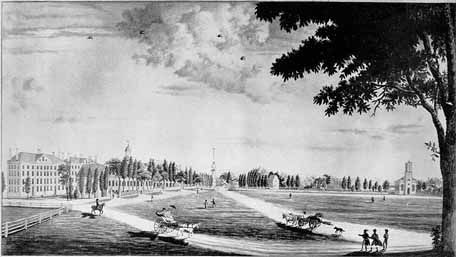In the Waterloo campaign the 4th regiment of cuirassiers was brigaded with the 1st in the 13th Division in Milhaud's IV Cavalry Corps. The regiment mustered some 314 officers and men in 3 squadrons, under the command of Colonel Habert. At a ratio of 1:20 that equates to 16 figures. The regiment fought with distinction at Ligny and then was badly damaged during Ney's charges at Waterloo.
Working my way through these figures was a pleasant, if time-consuming, experience. I found that my initial misgivings disappeared once I worked out that it is more satisfying to paint the horses and riders separately (this makes it much easier to do the detail around the riders' coat tails). The horses come in two halves so there are many different ways you can put the horses together; with the whole unit finished you can see the sense of motion and dynamism that can be achieved by this ability to mix 'n match. The rank and file have 3 different heads (2 with moustaches, the third clean-shaven). If you go for the "charging" right arm rather than the "at rest" one, you can therefore ensure that no two figures in a unit are exactly the same. Overall, I think the result is a unit of cavalry that captures the mid-charge look (whether the cuirassiers at Waterloo did actually advance any quicker than at a canter is another story).

The figures are based on the green Renedra bases that come with the set (the edges painted with GW "Bestial Brown"): as I noted a few posts ago, the selection of bases is pretty limited, trying to cater for all basing combinations but not really covering any of them. However, for 16 figures the bases as provided do actually work - I used the four 3-figure bases and the two 2-figure ones. The Renedra bases are not as deep as my standard
General de Brigade cavalry bases, so you need to exercise some care to ensure the two ranks don't collide with each other.

There are a couple of "negatives" with these figures. You can see from the photos that the left hands end up quite a distance from the reins. I suppose this could be dealt with with some putty to create additional reins to reach the hands, but I doubt most people would want to bother with that. The joins of the 2 horse components sometimes leaves a bit of a gap around the neck - again, something that green-stuff etc could deal with and perhaps this is a more worthwhile exercise. More of a concern is that the mould lines often come right down the middle of the riders' heads, which makes them difficult to scrape out without damaging the facial detail. Now that they are all based, I've also noticed that some of the figures are quite wobbly - I don't know whether this is a result of using superglue or Citadel "polystyrene cement"; I used both and so have no idea which one doesn't work properly! My final gripe is that the standard as moulded onto the standard bearer is too small to accommodate a GMB flag - there isn't sufficient space between the fist and the eagle (this problem also arises with the plastic French infantry eagle-bearer figure). Adding a bit of metal rod to increase the flagpole's length was fiddly, but it seems secure enough now.
But those niggles aside, I heartily recommend these figures. They provide the ease of painting that Perry plastics provide (probably all plastics, I expect) and I do like the variety of horses and rider poses. The inclusion of infantry casualties is a nice touch and the sprues generally seem carefully thought out. These figures substantially reduce the cost of building up reserve heavy cavalry divisions, but of course the other problems of storage and painting-time will remain. Anyway, I hope you like the pics. On the painting table: 55th and 57th Foot and Saratoga artillery for the AWI.
16 figures. Painted September/October 2010.










































